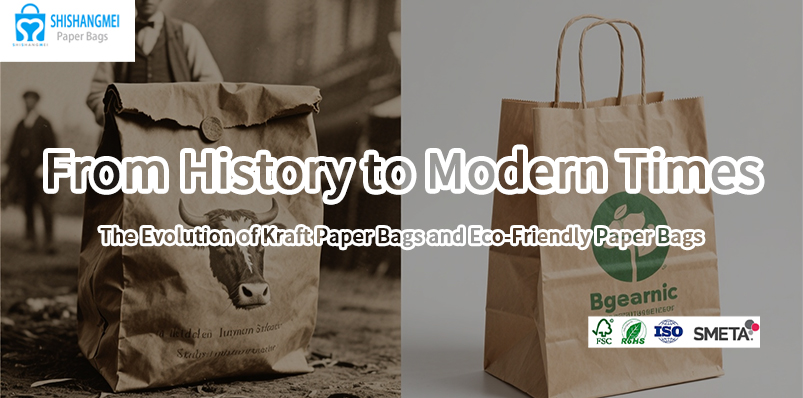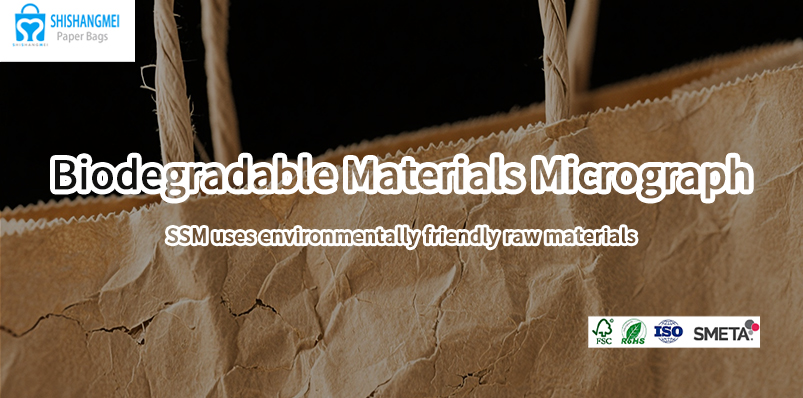
- Home
- >
- News
- >
- Regarding Paper Bags
- >
Regarding Paper Bags
2025-09-20 14:54Regarding Paper Bags
I. The Origin and Evolution of Paper Bags

The history of paper bags dates back to 1852, when American inventor Francis Wally invented a machine that pressed kraft paper bags, marking the beginning of industrialized production. With the enhancement of environmental awareness, modern paper bags have evolved into three main types:
Shopping paper bags: Made of high-strength kraft paper, capable of withstanding up to 20kg of weight, commonly found in retail settings
Gift paper bags: Enhanced with gold stamping and UV treatment to improve texture, suitable for luxury packaging needs
Food-grade paper bags: Certified by the FDA, with an inner PE film to prevent oil and moisture
II. Three Golden Rules for Paper Bag Design

Structural symmetry: Adopt a width-to-height ratio of 1:0.618 to enhance grip comfort
Color psychology: Food-related items often use warm color schemes like red and yellow to stimulate appetite, while luxury items prefer black and gold combinations to convey a sense of luxury.
Pattern white space: The area of the brand logo should be recommended to be no more than 30% of the bag's surface
III. Full Process Analysis of Production Methods

Material selection: Outer layer: BOPP film (thickness ≥ 12μm) to ensure printing quality; Inner layer: PE laminated film (thickness 30μm) to ensure heat sealing strength
Key production parameters:
IV. Cost Reduction and Efficiency Enhancement Plan for B-Customer

Space Optimization: Using honeycomb cardboard lining instead of foam filling reduces costs by 40%. The modular design enables a single type of paper bag to be compatible with 3-5 product specifications.
Supply Management: Centralized purchasing reduces pulp costs by 15-20%. The digital workshop enables 7-day rapid delivery.
V. Future Trends and Innovation Directions

Biobased Materials: PLA laminating technology shortens the degradation cycle to 90 days.
Intelligent Labels: NFC chips implanted for anti-counterfeiting and traceability.
